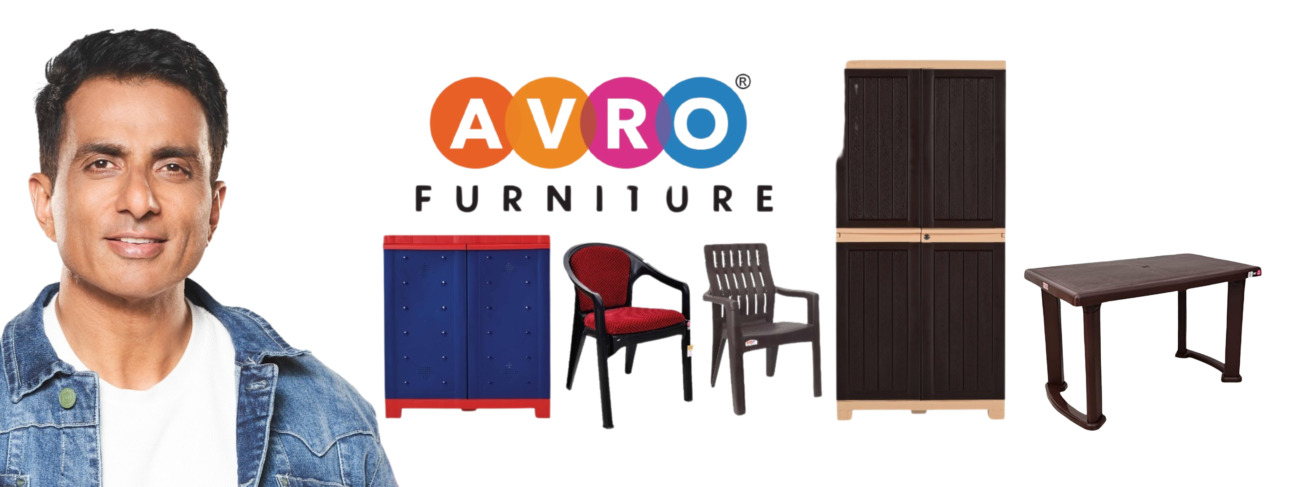India’s food and beverage industry is a vibrant and growing sector, offering immense opportunities for businesses and entrepreneurs. From traditional spices to modern packaged foods, the market is diverse and dynamic, catering to a wide range of tastes and preferences. In this blog, we’ll explore the landscape of food and beverage dealerships in India, discussing their significance, key players, challenges, and future prospects.
Understanding the Food and Beverage Industry in India
India’s food and beverage sector is one of the largest industries in the country, both in terms of revenue and employment. It encompasses a broad spectrum of businesses, including agriculture, food processing, packaging, distribution, and retail. The industry’s growth is driven by various factors such as increasing urbanization, rising disposable incomes, changing consumer preferences, and advancements in technology.
Types of Food and Beverage Dealerships
- Retail Dealerships: These are the most common types of dealerships where businesses sell food and beverage products directly to consumers. Examples include grocery stores, supermarkets, and specialty food shops.
- Wholesale Dealerships: These dealers purchase goods in bulk from manufacturers and distribute them to retailers, restaurants, and other businesses. They play a crucial role in the supply chain by ensuring that products reach different parts of the country.
- Franchise Dealerships: Many well-known food and beverage brands operate through franchise models. Entrepreneurs can buy the rights to operate under the brand’s name and sell their products. Examples include fast-food chains like McDonald’s and Domino’s Pizza.
- Distribution Dealerships: These dealerships focus on the logistics of moving products from manufacturers to retailers or directly to consumers. They manage storage, transportation, and delivery of food and beverage items.
Key Players in the Indian Market
- Amul: Known for its dairy products, Amul is one of India’s most trusted and widespread brands. It operates through a cooperative model and has a vast network of distributors and retailers.
- ITC: With brands like Aashirvaad, Sunfeast, and Bingo, ITC is a major player in the food and beverage sector. It has a strong presence in packaged foods, snacks, and beverages.
- Nestlé India: This multinational company offers a variety of products, including Maggi noodles, Nescafé coffee, and KitKat chocolates. Nestlé has a robust distribution network across the country.
- PepsiCo: Known for its beverages like Pepsi and Mountain Dew, as well as snacks like Lay’s and Kurkure, PepsiCo has a significant market share in India.
- Coca-Cola: Another giant in the beverage sector, Coca-Cola’s product range includes Coke, Sprite, and Minute Maid juices. It operates through a network of bottlers and distributors.
Challenges Faced by Dealerships
- Supply Chain Issues: Ensuring timely delivery and maintaining product quality during transportation can be challenging, especially in rural areas with inadequate infrastructure.
- Regulatory Compliance: The food and beverage industry is highly regulated. Dealers must comply with various safety standards, labeling requirements, and taxation laws.
- Competition: The market is highly competitive, with numerous brands vying for consumer attention. Dealers need to differentiate their offerings and maintain strong customer relationships.
- Changing Consumer Preferences: As consumers become more health-conscious and environmentally aware, there is a growing demand for organic, natural, and sustainable products. Dealers must adapt to these trends to stay relevant.
- Technological Advancements: Keeping up with technological changes, such as digital marketing, e-commerce, and inventory management systems, is essential for staying competitive.
Opportunities in the Industry
- E-commerce: With the rise of online shopping, there is a significant opportunity for food and beverage dealers to expand their reach through e-commerce platforms. Online grocery stores and delivery services are becoming increasingly popular.
- Health and Wellness: The growing awareness of health and wellness presents an opportunity for dealers to offer healthier food options. Organic foods, gluten-free products, and plant-based alternatives are gaining traction.
- Rural Markets: While urban areas are saturated with food and beverage options, rural markets remain largely untapped. Dealers can explore these regions to expand their customer base.
- Innovative Products: Introducing new and innovative products that cater to changing consumer tastes can set dealers apart from their competitors. This includes ready-to-eat meals, gourmet snacks, and functional beverages.
- Sustainability: Emphasizing sustainability in product sourcing, packaging, and distribution can attract environmentally conscious consumers. Dealers can focus on eco-friendly practices to enhance their brand image.
Steps to Establish a Food and Beverage Dealership
- Market Research: Conduct thorough market research to understand consumer preferences, identify competitors, and assess demand for different products.
- Business Plan: Develop a comprehensive business plan outlining your goals, target market, product range, pricing strategy, and marketing approach.
- Legal Requirements: Ensure compliance with all legal and regulatory requirements, including obtaining necessary licenses, registering your business, and adhering to food safety standards.
- Supplier Partnerships: Build strong relationships with reliable suppliers and manufacturers to ensure a steady supply of high-quality products.
- Distribution Network: Establish an efficient distribution network to manage logistics, transportation, and delivery. This may involve partnering with third-party logistics providers.
- Marketing Strategy: Create a marketing strategy to promote your products. Utilize digital marketing, social media, and traditional advertising to reach your target audience.
- Customer Service: Provide excellent customer service to build loyalty and attract repeat business. This includes offering prompt responses to inquiries, handling complaints efficiently, and ensuring timely deliveries.
Future Prospects
The future of food and beverage dealerships in India looks promising, driven by favorable demographic trends, increasing disposable incomes, and evolving consumer preferences. Here are some key trends that are likely to shape the industry’s future:
- Digital Transformation: The adoption of digital technologies, including online sales platforms, data analytics, and AI-driven marketing, will continue to grow. Dealers who embrace these technologies will have a competitive edge.
- Sustainability Initiatives: There will be a greater focus on sustainability, with consumers favoring brands that prioritize eco-friendly practices. This includes reducing plastic packaging, sourcing locally, and minimizing food waste.
- Health and Wellness Focus: The demand for healthier and more nutritious food options will increase. Dealers will need to diversify their product portfolios to include items that cater to health-conscious consumers.
- Convenience Products: The busy lifestyles of urban consumers will drive the demand for convenient and ready-to-eat products. Dealers can capitalize on this trend by offering a variety of quick and easy meal solutions.
- Expansion into Rural Areas: As infrastructure improves, there will be more opportunities to tap into rural markets. Dealers can expand their reach and customer base by catering to the needs of rural consumers.
Conclusion
Food and beverage dealerships in India offer exciting opportunities for entrepreneurs and businesses. By understanding the market dynamics, addressing challenges, and staying attuned to consumer trends, dealers can build successful and sustainable businesses. The key to success lies in innovation, adaptability, and a strong focus on customer satisfaction. As the industry continues to evolve, those who can navigate the changing landscape will thrive and contribute to India’s growing food and beverage sector.









